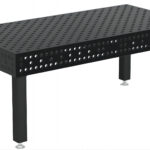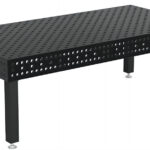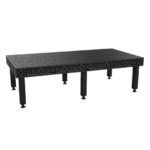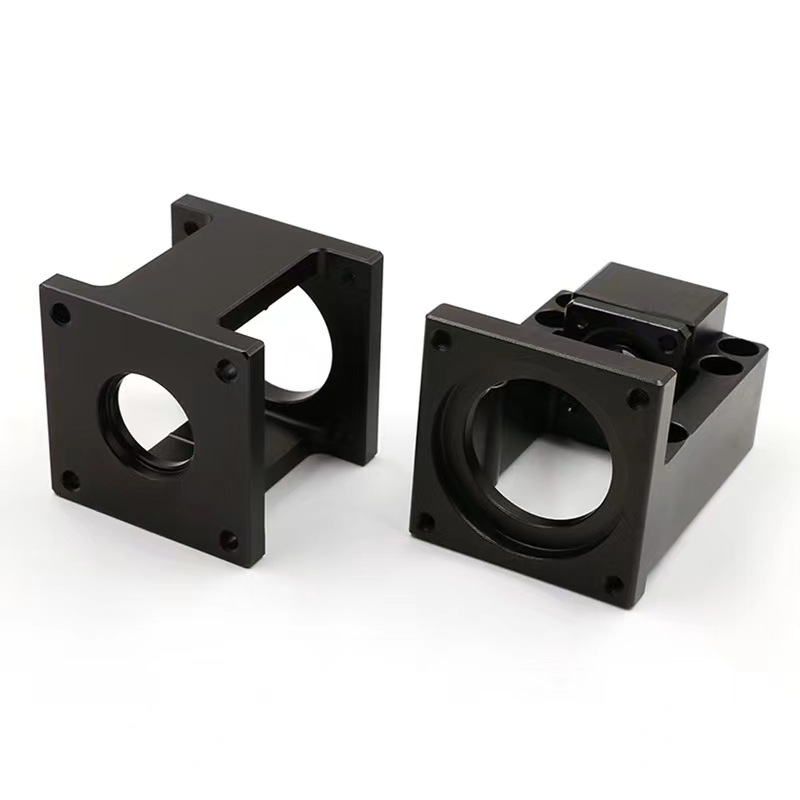Choosing the right welding table is essential for ensuring precision and efficiency in your work. At KT-FOUNDRY, we understand that selecting between a cast iron and a steel welding table can be a challenging decision, especially with so many factors to consider. In this article, we’ll break down the key differences between these two popular materials to help you determine which is the best fit for your needs.
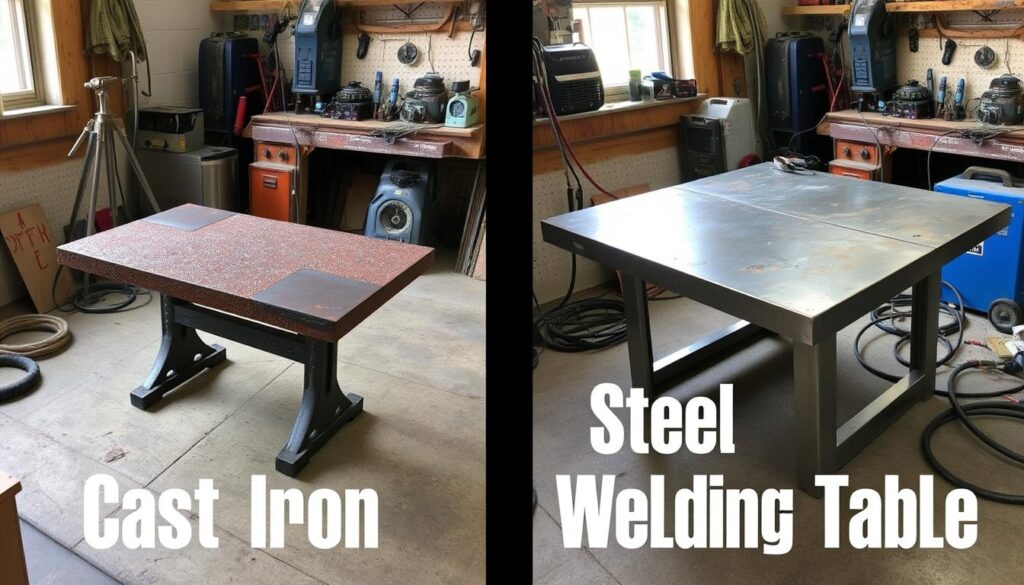
Overview of Cast Iron Welding Tables
Cast iron is renowned for its exceptional rigidity and durability. This material is commonly used in welding tables where stability and precision are paramount. Key properties include:
Flatness Retention: Cast iron tables are highly resistant to warping, making them ideal for precision welding tasks.
Vibration Dampening: The inherent structure of cast iron helps absorb vibrations, ensuring smoother welding operations.
Heat Resistance: Cast iron can withstand high temperatures without losing its structural integrity.
Advantages:
Long-lasting flatness
Excellent vibration control
High stability under heavy loads
Disadvantages:
Heavier weight, making mobility difficult
Potential brittleness under extreme impacts
To learn more about how cast iron materials perform in various applications, visit our cast iron products page.
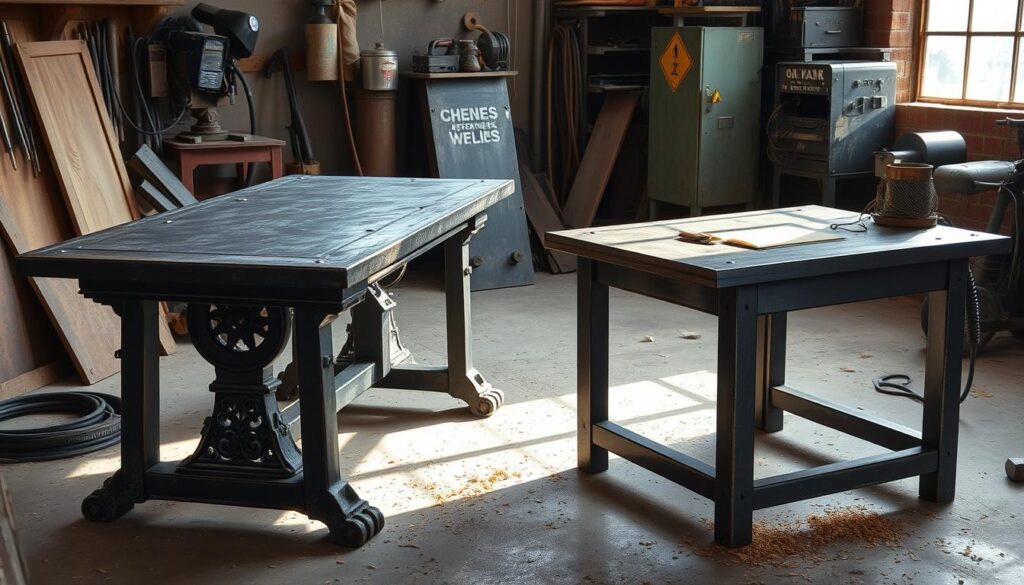
Overview of Steel Welding Tables
Steel, on the other hand, is known for its strength and versatility. It is a popular choice for welding tables in workshops that require flexibility. Key properties include:
Strength and Toughness: Steel is less brittle than cast iron, making it more resistant to cracking under impact.
Portability: Steel tables are generally lighter than their cast iron counterparts, allowing for easier relocation.
Cost-Effectiveness: Steel is often more affordable, making it an attractive option for budget-conscious buyers.
Advantages:
Lightweight and portable
Affordable and widely available
High tensile strength
Disadvantages:
Less resistant to deformation over time
May require regular maintenance to prevent rust
If you’re considering steel components for your projects, explore our steel casting solutions for more insights.
A spatter resistant surface is a big plus for welders. This makes cast iron tables very popular. Still, to keep them from rusting, you need to clean and oil them often.
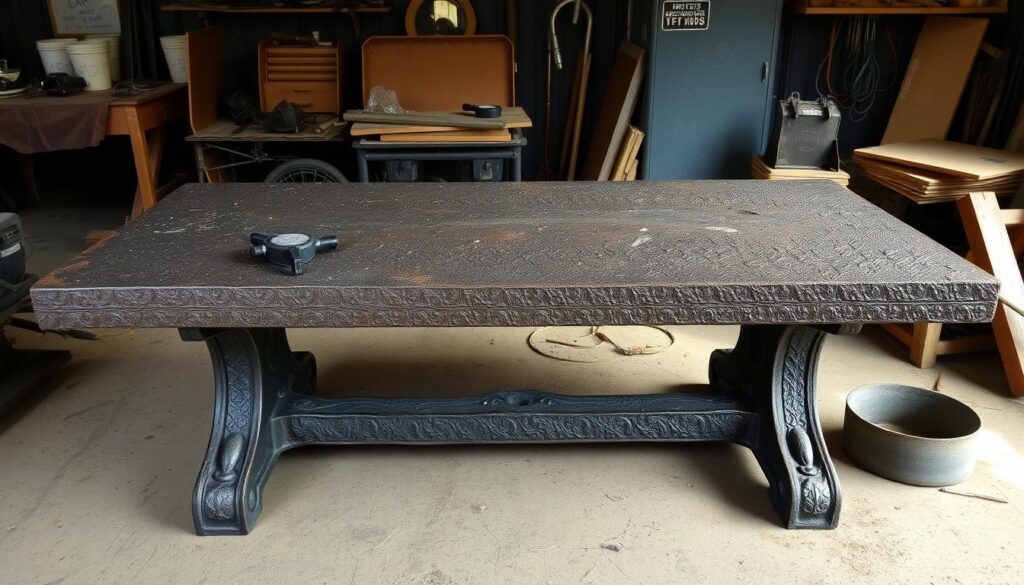
Key Comparison Factors
Durability
Cast iron excels in durability, especially for heavy-duty and long-term applications.
Steel offers high strength but may deform under prolonged heavy loads.
Flatness
Cast iron maintains its flat surface for precision tasks.
Steel, while sturdy, may require more frequent adjustments to ensure flatness.
Weight and Portability
Cast iron is significantly heavier, making it less portable.
Steel is lighter and easier to move, ideal for workshops with changing layouts.
Cost
Cast iron tables are often more expensive due to their manufacturing process and material properties.
Steel tables provide a cost-effective alternative without compromising functionality for general use.
For an in-depth discussion on selecting the right materials for industrial applications, check out our engineering blog.
Choosing Based on Specific Needs
For precision tasks: Cast iron welding tables are the superior choice for professionals who need consistent flatness and vibration dampening.
For general-purpose or mobile workshops: Steel welding tables offer a more practical solution due to their affordability and portability.
If you’re unsure which option suits your requirements, KT-FOUNDRY’s experts are here to help. Contact us for tailored advice on customized welding table solutions.
Conclusion
Both cast iron and steel welding tables have their unique advantages and limitations. Choosing the right material depends on your specific needs, whether it’s precision, portability, or cost-effectiveness. At KT-FOUNDRY, we specialize in high-quality cast iron and steel products designed to meet the demands of modern workshops. Visit KT-FOUNDRY today to explore our full range of industrial solutions and find the perfect welding table for your needs.
The table's thermal properties greatly affect heat distribution. A table that spreads heat well can avoid hot spots and distortion. But a table that doesn't spread heat evenly can lead to poor welds.

